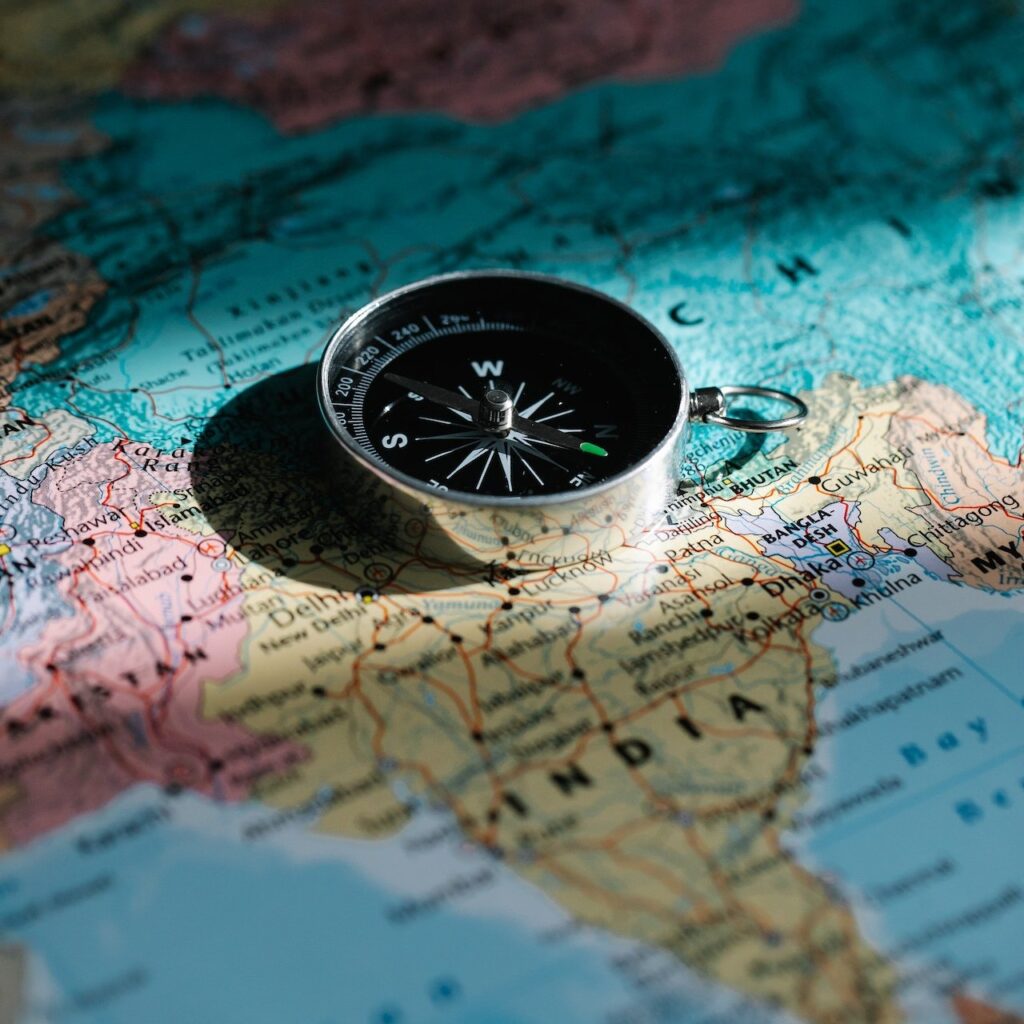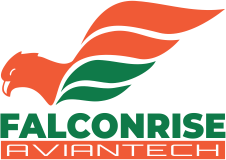
Land surveying involves the precise measurement, mapping, and analysis of land and its features. Using advanced tools like GPS, total stations, and laser scanners, surveyors determine boundaries, elevations, and positions of objects on the Earth’s surface. This data is crucial for construction, property assessment, urban planning, and legal purposes. Land surveying ensures accurate land division, development, and maintenance, playing a vital role in shaping infrastructure and land-use decisions.

A Digital Elevation Model (DEM) is a detailed representation of the Earth’s terrain, capturing its elevation data in a digital format. Utilizing satellite imagery, LiDAR, or other remote sensing technologies, DEMs provide a 3D visualization of landscapes. Widely used in various fields like geography, cartography, urban planning, and environmental analysis, DEMs offer insights into topography, drainage patterns, slope analysis, and more, aiding in decision-making and accurate spatial modeling.
A Digital Elevation Model (DEM) is a detailed representation of the Earth’s terrain, capturing its elevation data in a digital format. Utilizing satellite imagery, LiDAR, or other remote sensing technologies, DEMs provide a 3D visualization of landscapes. Widely used in various fields like geography, cartography, urban planning, and environmental analysis, DEMs offer insights into topography, drainage patterns, slope analysis, and more, aiding in decision-making and accurate spatial modeling.


A Digital Surface Model (DSM) is a digital representation of the Earth’s surface, encompassing all features like buildings, vegetation, and terrain. Created using technologies such as LiDAR or photogrammetry, DSMs provide a detailed 3D view of landscapes. Valuable in urban planning, forestry, and flood modeling, DSMs offer insights into surface structures, heights, and features. Unlike Digital Elevation Models (DEMs), DSMs include both natural and man-made elements, making them crucial for various applications requiring accurate surface information.

A Digital Terrain Model (DTM) is a digital representation of the bare Earth’s topography, excluding features like buildings and vegetation. Derived from technologies like LiDAR or photogrammetry, DTM offers a precise 3D depiction of land surfaces. Crucial in fields like geology, hydrology, and civil engineering, DTM aids in slope analysis, drainage modeling, and landform assessment. By focusing solely on the natural terrain, DTM provides essential data for understanding landscapes and planning various projects with accuracy.
A Digital Terrain Model (DTM) is a digital representation of the bare Earth’s topography, excluding features like buildings and vegetation. Derived from technologies like LiDAR or photogrammetry, DTM offers a precise 3D depiction of land surfaces. Crucial in fields like geology, hydrology, and civil engineering, DTM aids in slope analysis, drainage modeling, and landform assessment. By focusing solely on the natural terrain, DTM provides essential data for understanding landscapes and planning various projects with accuracy.


An orthomosaic is a high-resolution, georeferenced aerial image created by stitching together numerous overlapping photographs captured from drones or aircraft. Using advanced photogrammetry techniques, an orthomosaic corrects distortions caused by varying terrain and camera angles, resulting in an accurate representation of the Earth’s surface. This technology finds applications in agriculture, land surveying, and urban planning, providing a detailed and precise visual tool for analyzing landscapes and making informed decisions.
Location
87/235, Raja S. C. Mullick Road, Kolkata – 700047
Our hours
11:00 AM – 07.00 PM
Monday – Saturday
Contact us
Phone: +91 89026 72625
Email: solution@falconrise.in
